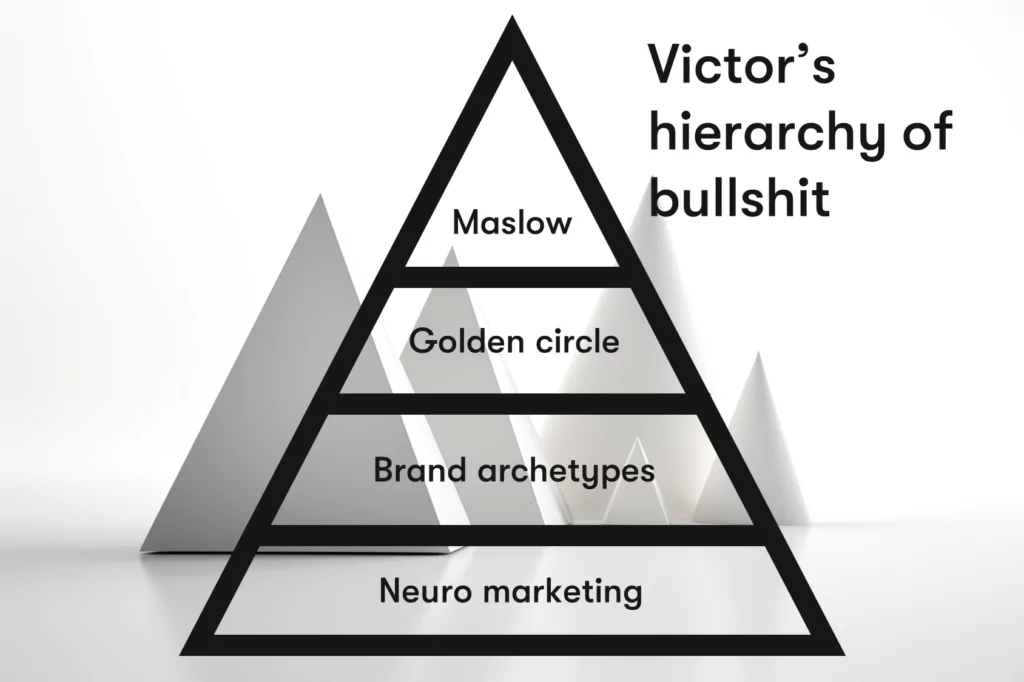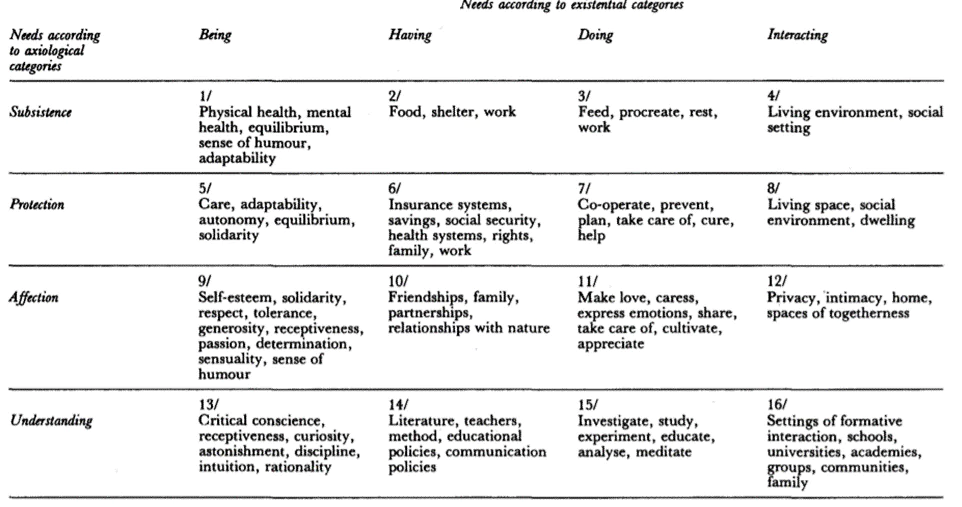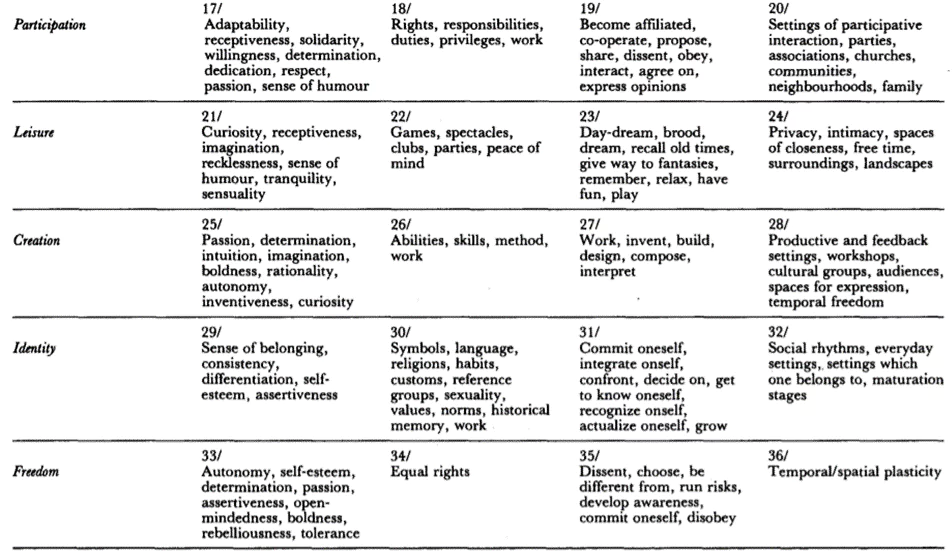
Sociography: How our tweets about COVID speak about us.
There is no communication strategist on this earth not knowing about the Abraham Maslow’s hierarchy of needs. Maslow’s pyramid is one of the first things I ever learned in my business school marketing lectures, and just like my fellow students I believed in it (and so did you, I presume). In this article I am about to satisfy your human inner need for criticizing stuff that have a huge success. We will see together scientific reasons why Maslow’s hierarchy of needs is based on a pile of hogwash and what is a proper alternative to it (among others).
1.
Maslow’s hierarchy of needs isn’t supported by any sort of serious scientific study
Maslow’s work isn’t based on any kind of relevant empirical and scientific analysis. This hierarchy of needs came up from Maslow’s very own and personal observations. This absence of scientific method makes his model totally biased. But the man isn’t to blame, he never pretended that his model was in anyway a fact. He was rather trying to draw scholars’ attention on the subject of human motivation which was quite unpopular at this time.
So basically, you could expect this hierarchy of needs to be the result of thousands of empirical studies from the most brilliant psychologists of this world, but no. It’s just one random guy using his imagination to raise interesting questions.
2.
Serious scientific studies actually suggest the unreliability of Maslow’s hierarchy.
In 1979, two scholars published “Maslow reconsidered: A review of research” where they synthetized scientific studies trying to report the efficacy of the Maslow hierarchy at explaining human motivations. Let’s simply quote their conclusion: “The literature review shows that Maslow’s Need Hierarchy Theory has received little clear or consistent support from the available research findings. Some of Maslow’s propositions are totally rejected, while others receive mixed and questionable support at best”.[1] In other words, Maslow’s pyramid isn’t reliable enough to explain the human behavior in any sort of way.
3.
Maslow’s hierarchy of needs has nothing to do with a pyramid
This hierarchy appeared for the first time in 1954 in a book wrote by Maslow named “A theory of human motivation” [2]. If by any luck you possess that book, you will probably figure out one first thing: where the hell is this pyramid we all know about? Here is a piece of clue: there is none. No pyramid, not even the word “pyramid” mentioned and not even a diagram that could approximately look like a pyramid if you were half blind.
People have that idea of a pyramid image in their head because some random guy somewhere, someday decided that it would be cool to transform it under the shape of a pyramid. But Maslow never introduced his hierarchy of needs under the shape of a pyramid. The pyramid shape isn’t relevant considering the fact that according to Maslow, some needs are indeed more important than others but there is no order or steps for how people fulfill those needs. One would maybe have trouble fulfilling his primary needs but still would be attracted by secondary needs that he would be more able to deal with, for example.
Considering the fact that Maslow already knew his model was purely hypothetical, that guy who came up with a pyramid idea basically found a way to add even more bullshit to the initial bullshit.
4.
Any alternative to this Hierarchy that actually works?
Maslow’s hierarchy not only misled hundreds of thousands of marketers on how human motivation actually works. It also gave them the wrong feeling that human motivation could be somehow explained by one very simple diagram that even a 10-year-old could understand.
Human psychology is very very very very very very very very very very very very very very very very very very very very complex. Most behaviors have several explanations, because one human behavior is always influenced by several factors simultaneously. Therefore, trying to explain motivation with one simple graph is hardly doable.
However, some scholars explored more relevant ways to taxonomize human motivations. Several researchers came up with several models and it is very likely that the final truth is partly illustrated and shared by many of them. Let’s see one: the theory of fundamental human needs as introduced by the economist Manfred Max-Neef (1991) [3].
In this theory we consider 9 types of needs:
- Subsistence
- Protection
- Affection
- Understanding
- Participation
- Leisure
- Creation
- Identity
- Freedom
Those nine types of needs can themselves be divided in four “existential categories”:
- Being: which refers to the quality seek by people to fulfill the need.
- Having: which refers to the objects that can help fulfilling the need.
- Doing: which refers to the action that can help fulfilling the need.
- Interaction: which refers to the external factors influencing the fulfillment of the need.
Once you divide those 9 needs types in their existential categories, you obtain a taxonomy of 36 concrete needs. Here is how Max-Neef puts it:


In addition to those needs, Max-Neef suggest that there are 5 types of satisfyers :
- Vialoteors and destructors: are satisfiers that fake the fullfillment of a need but actually make the situation even worst. For exemple, overdressing in order not being cold might cause your body to overwarm and sweat.
- Pseudo satisfiers: are satisfiers that have no or few effect on the need it tries to solve. For exemple, as far as we actually know, spiritual rituals have no effects on protecting people against deaseases.
- Inhibiting satisfiers: those are satisfiers that solve a need far beyond what was initially necessary, resulting in the anihilation of other needs. For exemple an overprotecting family might erase financial and social affection needs.
- Sungular satisfiers: They solve a particular needs without influencing the fullfilment of other needs. For exemple an association providing food to poor people only solves hungriness needs but no other needs.
- Synergic satisfiers: They not only solve one need. They also improve the fullfilment of other needs. Going to the restaurent with friends for exemple might solve both your hangriness and social affection needs.
5.
What can we conclude from Maslow's pyramid ?
Maslow’s hierarchy of needs is one symptom of all the bullshit you can find in the world of business. There are plenty other scams we, communication strategists, might as well believe in despite they are pseudo-scientific: NLP, neuro-marketing, subliminal images, psychoanalysis, brand archetypes, hofstede cultural dimensions, the golden circle, etc…
Do not trust everything you read just because you feel like you can understand the world thanks to it. There is a difference between what feels right and what is right. Human psychology can only be analyzed through empirical and scientific methods. Simply having an opinion on how human behavior works doesn’t make it a proper explanation to listen to. This is true for Maslow’s hierarchy, but also for every marketing guru trying to explain to you that there are miraculously simple ways to explain extremely complex subjects.
Sources
[1] Wahba, M. A., & Bridwell, L. G. (1976). Maslow reconsidered: A review of research on the need hierarchy theory. Organizational behavior and human performance, 15(2), 212-240.
[2] Maslow, A. H. (1943). A theory of human motivation. Psychological review, 50(4), 370.
[3] Max-Neef, M. (2017). Development and human needs. In Development ethics (pp. 169-186). Routledge.
victor@strategicplanner.be

